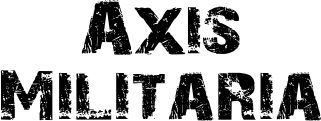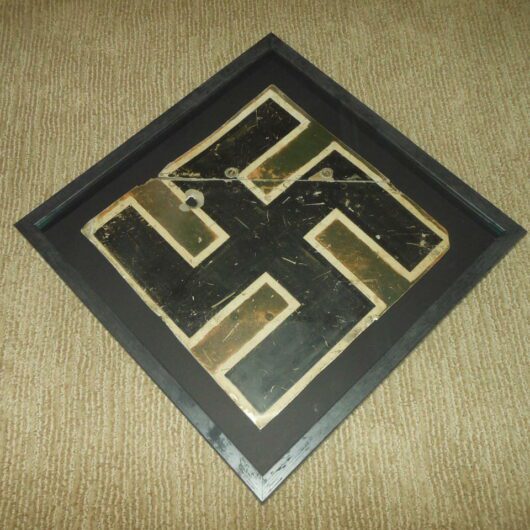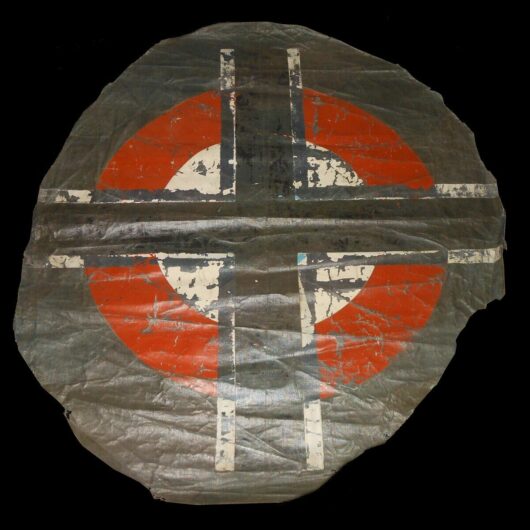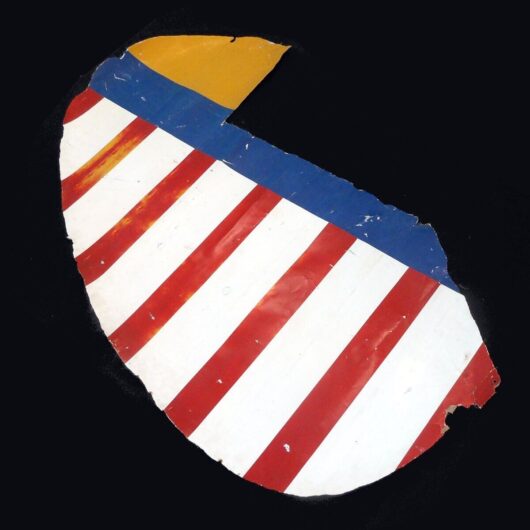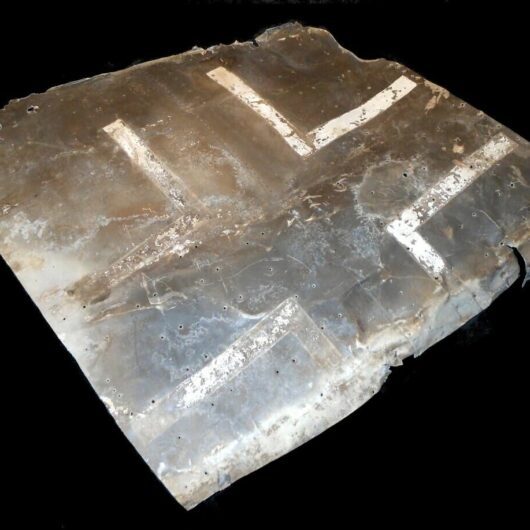Description
You are bidding on a VERY RARE and LARGE 100% original WW2 British / Royal Canadian Air Force Aircraft Fuselage Skin Section! Recovered from a Handley Page Halifax Bomber that crashed during the war, it originally belonged to an aircraft that was part of RCAF No. 408 “Goose” Squadron. This specific item was previously on display at RAF Linton-on-Ouse, until the base was permanently closed in 2021.
The Handley-Page Halifaxde he Handley Page Halifax is a British Royal Air Force (RAF) four-engined heavy bomber of the Second World War. It was developed by Handley Page to the same specification as the contemporary twin-engine Avro Manchester.
The Halifax performed its first flight on 25 October 1939, and entered service with the RAF on 13 November 1940. It quickly became a major component of Bomber Command, performing strategic bombing missions against the Axis Powers, primarily at night. Arthur Harris, the Air Officer Commanding-in-Chief of Bomber Command, described the Halifax as inferior to the rival Lancaster (in part due to its smaller payload) though this opinion was not shared by many of the crews that flew it. Nevertheless, production of the Halifax continued until April 1945. During their service with Bomber Command, Halifaxes flew 82,773 operations and dropped 224,207 long tons (227,805 t) of bombs, while 1,833 aircraft were lost.
The Halifax was also flown in large numbers by other Allied and Commonwealth nations, such as the Royal Canadian Air Force (RCAF), Royal Australian Air Force (RAAF), and Free French Air Force. Various improved versions of the Halifax were introduced, incorporating more powerful engines, a revised defensive turret layout and increased payload. It remained in service with Bomber Command until the end of the war, performing a variety of duties in addition to bombing. Specialised versions of the Halifax were developed for troop transport and paradrop operations.
After the Second World War, the RAF quickly retired the Halifax, the type being succeeded as a strategic bomber by the Avro Lincoln, an advanced derivative of the Lancaster. During the post-war years, the Halifax was operated by the Royal Egyptian Air Force, the French Air Force and the Royal Pakistan Air Force. The type also entered commercial service for a number of years, used mainly as a freighter. A dedicated civil transport variant, the Handley Page Halton, was also developed and entered airline service; 41 civil Halifax freighters were used during the Berlin Airlift. In 1961, the last remaining Halifax bombers were retired from operational use.
Royal Air Force Linton-on-Ouse or more simply RAF Linton-on-Ouse (IATA: HRT, ICAO: EGXU) is a former Royal Air Force station at Linton-on-Ouse in North Yorkshire, England, 10 miles (16 km) north-west of York. It had satellite stations at RAF Topcliffe and Dishforth Airfield (British Army). When the Second World War began, bombers were launched from Linton to drop propaganda leaflets over Germany, and the base was eventually used to launch bombing raids on Norway, The Netherlands, Germany, and Italy. Linton was one of 11 stations allocated to No. 6 Group, Royal Canadian Air Force during the war.
No. 408 Squadron’s history dates back to 24 June 1941, when RAF Bomber Command’s directive called for the formation of 408 Squadron as part of No. 5 Group RAF. It was to be the second Royal Canadian Air Force (RCAF) bomber squadron formed overseas. Goose Squadron, as it was to become known, was initially based at RAF Lindholme in Yorkshire, England, and equipped with Handley Page Hampdens. During the war, the Goose Squadron converted aircraft several times. No 408 would change from Hampden aircraft to the Halifax, and then to the Lancaster in August 1943 after moving to RAF Linton-on-Ouse and becoming part of No. 6 Group. It flew 4,610 sorties and dropped 11,340 tons of bombs. A total of 170 aircraft were lost and 933 personnel were killed, listed as missing in action (MIA) or prisoners of war (POW). Squadron members won two hundred decorations, and 11 battle honours for its wartime operations. On 5 September 1945 No 408 Squadron was officially disbanded.
Made of lightweight aluminum, this Fuselage Section is an EXCEEDINGLY RARE example! Recovered from a Handley Page Halifax, 90% of the ORIGINAL camouflage paint remains, along with a VERY PROMINENT Tactical Marking, “Q” (Queenie) and British Roundel! Paint consists of Black, Red, Yellow, and Blue. Original WW2 aircraft aluminum with this much paint and markings are EXTREMELY rare they usually burned up or rotted away over time. Measuring a HUGE 38″ x 43″ in size, there are some marks, wear, bends, and corrosion, due to the age. Dating to around 1943, this was removed from a wreckage, however I do not have any history on the loss. 100% identifiable as coming from a Handley Page Halifax, due to the paint, markings, rivet pattern and overall structure. Exact location is shown in the last image. A SUPERB piece of history, it would make a FANTASTIC addition to any collection or display!
